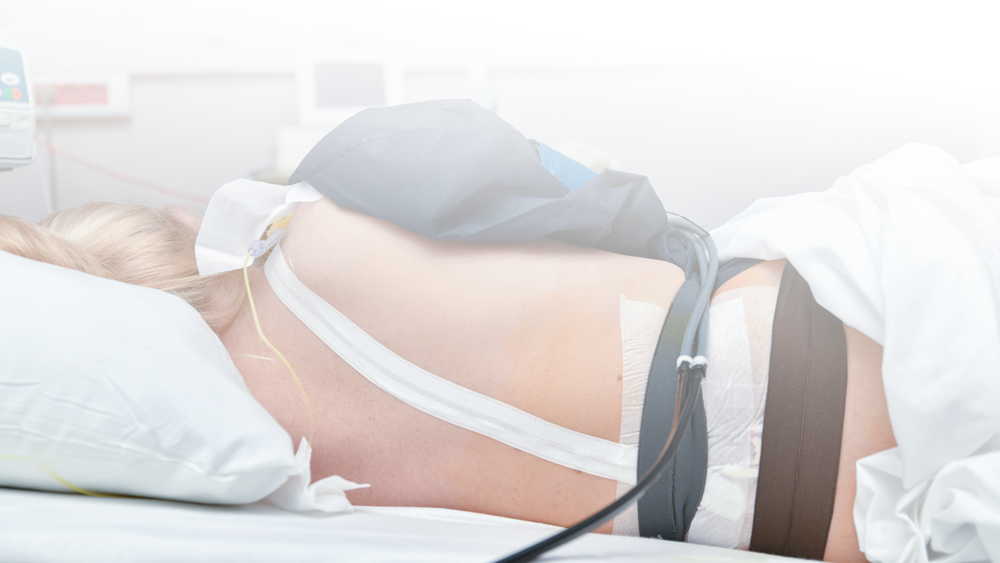Prim. Dr. Vladimir Ristevski gives instructions and everything you have to know about Epidural and Spinal anesthesia. Epidural and Spinal anesthesia which provides regional stiffness during cesarean section is the preferred method because of the comfort it provides. However, when used in conjunction with spinal anesthesia, the comfort it provides to the mother is further enhanced.
Even if all goes well, for many mothers the moment of birth is nothing more than a nightmare. The pain she will experience during normal delivery and the concern that her baby will be injured bring future mothers closer to the idea of having a cesarean section. Although experts recommend cesarean section only when necessary, cesarean birth rates are rising like an avalanche. Anesthesia, therefore, becomes important in cesarean section surgery.
Regional methods of anesthesia
There are two options for expectant mothers who will have a cesarean section: general anesthesia or epidural anesthesia.
Under general anesthesia, the mother falls asleep completely during delivery. Therefore, the mother can not witness the birth of the baby. With epidural anesthesia, the mother witnesses the birth of the baby because it stiffens just below the waist. Although the sensation of pain disappears with epidural anesthesia, the pregnant mother may feel the touch and the pulling and stretching of the tissues during the cesarean section. Although this situation does not cause pain, some mothers find it uncomfortable. the preferred method today is to apply the methods of spinal and epidural anesthesia together in cesarean section operations. This combined method is called combined spinal-epidural anesthesia.
Execution of the process
Vascular access is opened and serum is given to the expectant mother, who is taken to the operating room for a cesarean section. Meanwhile, the only task for the expectant mother is to take a sitting position. While the mother is in this position, the procedure site is cleaned with antiseptic solutions and covered with sterile curtains. Local anesthesia is applied with a very thin needle on the skin at the place where the intervention will be performed so that the pregnant mother does not feel pain during the procedure. The epidural space is then reached by passing a thin needle between the two vertebrae. With a thinner needle passed through this needle, it touches the spinal space and gives a local anesthetic. The next step after spinal anesthesia is to place a catheter in the epidural area. After the catheter is inserted, the needle is removed and the rest of the catheter is fixed to the skin. After a few minutes, the expectant mother is completely numb from the waist down. The duration of this process, which is generally described, is not as long as it seems. This process is completed in 2-3 minutes.
Advantages
The mother does not feel any pain during the cesarean section made with combined spinal-epidural anesthesia. In addition, a pregnant mother receiving combined spinal anesthesia may be aware of the baby at birth because she is conscious. Therefore, they get a chance to experience the most exciting stage of childbirth for many mothers. Of course, she experiences the comfort of painless days when she then takes care of her baby.
Another advantage of combined spinal-epidural anesthesia over general anesthesia is that the transfer of drugs given during and after surgery through the placenta or from milk to the baby is negligible. However, pain medications given intravenously or orally during general anesthesia and cesarean section and during and after surgery can be passed on to the baby and cause side effects. Another advantage of the method is that it eliminates the risks associated with general anesthesia.




